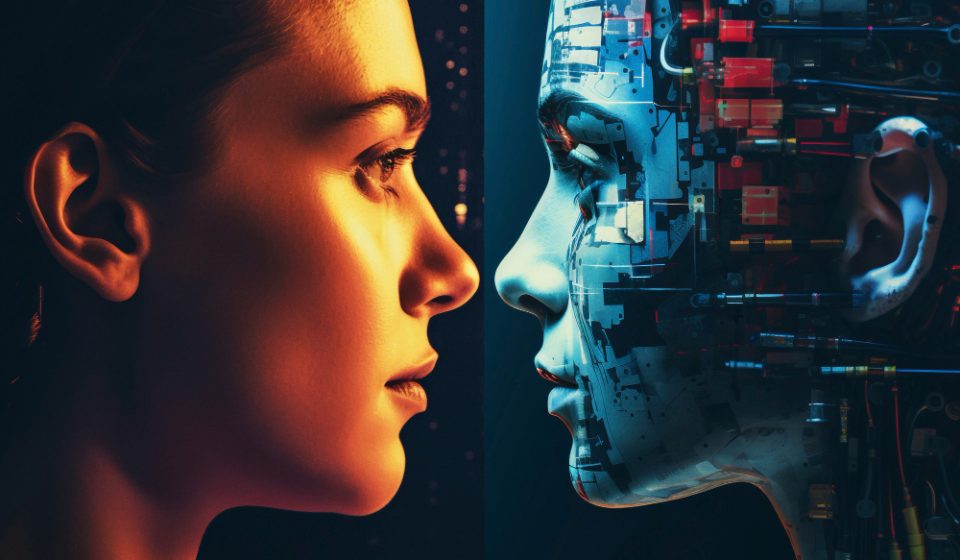
How Artificial Intelligence Learns to Understand Human Emotions: A Simple Explanation of a Complex Process
Unlike traditional computational tasks—such as solving equations, sorting data, or recognizing static patterns—the process of emotion recognition requires AI to simulate a kind of empathy rooted not in lived experience, but in patterned statistical inference across immense datasets of human expression. The journey starts with data: pictures of faces labeled with emotions, recordings of voices expressing joy, anger, or anxiety, and text samples where tone, word choice, and syntax convey subtle emotional cues.
Machine learning algorithms, particularly those grounded in deep learning architectures like recurrent neural networks (RNNs) and transformers, are applied to these examples again and again until the system begins to form correlations between certain visual, auditory, or linguistic features and what humans identify as emotional states. However, this is not an instant process nor a simple one. Training an AI to interpret emotion involves not only identifying explicit markers—like a smile or a raised eyebrow—but also understanding patterns of context, timing, and multimodal integration across inputs.
For example, a phrase like “I’m fine” might seem positive if analyzed as text alone, but when coupled with tone, facial expression, and conversation history, it can signify frustration or sadness. Thus, emotion-aware AI must learn to synthesize cues from vision, sound, and language models into holistic interpretations. Scientists and engineers employ datasets containing millions of labeled examples, emotion taxonomies that divide feelings into categories or spectra, and reinforcement learning techniques where the model refines its predictions based on feedback that mimics human evaluation.
At its core, the process mirrors how humans infer others’ emotional states through repeated exposure, recognition of patterns, contextual awareness, and continuous updating of internal models as new experiences arise. This fusion of neural computation and psychological insight represents the bridge that allows machines to approximate human affective understanding—even if they can never truly “feel” it. What results is not emotion in a human sense, but a statistically informed capacity to detect emotional signals, opening new possibilities for technology that “feels” responsive to us in conversation, design, and interaction.
Once an artificial intelligence system has been trained on initial emotion-labeled datasets, it begins to generalize patterns across new, unseen data, generating probabilistic estimates about what emotional states might be present in given inputs. These predictions rely on layered architectures: convolutional neural networks (CNNs) in vision applications detect micro-expressions, subtle muscular movements, or even variations in gaze direction; natural language processing (NLP) models analyze word embedding patterns, sentence structures, and contextual semantics to infer tone and sentiment; and audio recognition models examine pitch, rhythm, and energy distributions to classify vocal emotions.
Crucially, these disparate elements must converge into a unified emotional inference system that draws on multimodal fusion—where features from visual, textual, and auditory domains are embedded into shared representation spaces that capture correlations between modes of human expression. This process allows AI to cross-reference signals from the face, voice, and language simultaneously, yielding more accurate emotional interpretations than any single channel could provide.
Yet, machine emotion understanding does not stop at detection. The model must continually adapt to cultural differences, individual variation, and evolving emotional expressions shaped by social trends, digital communication, and even slang. An emoji or a phrase can carry different emotional weights depending on context and community. To remain relevant and precise, AI systems are fine-tuned using transfer learning, allowing existing emotional models to adjust themselves to new cultural contexts, industries, or linguistic shifts without retraining from scratch.
Reinforcement learning frameworks add another layer of refinement. Here, human evaluators guide the model, providing feedback on whether its emotional interpretations align with nuanced human understanding. Over time, this guidance reinforces correct predictions and reduces biases or misclassifications, helping the AI approach more contextually aware and socially sensitive interpretations.
In parallel, the ethical dimensions of emotional AI demand equal attention. Teaching machines to read emotions involves handling deeply personal data: facial scans, voice recordings, and expressive language patterns. Thus, transparency, consent, and fairness are essential principles in designing and deploying such systems. Emotional intelligence in AI should not be a tool for manipulation or surveillance—it should be a means of enhancing empathy, accessibility, and communication between humans and machines.
The complexity of emotion recognition AI lies in balancing its technical precision with the depth of emotional authenticity it tries to reflect. The ultimate goal is not for machines to replace genuine empathy, but to augment human understanding—helping therapists notice changes in a patient’s tone, assisting customer service systems in responding more compassionately, enriching virtual assistants with natural sensitivity, and supporting social robots built for education or elder care.
In truth, machines may never feel what it means to be happy, anxious, or loved. But through intricate layers of learning, feedback, and context-awareness, artificial intelligence can learn to recognize and respond to the emotional patterns that shape human life. In doing so, it doesn’t just mimic empathy—it becomes a partner in fostering it, turning data into dialogue and algorithms into bridges of understanding between human and machine.








